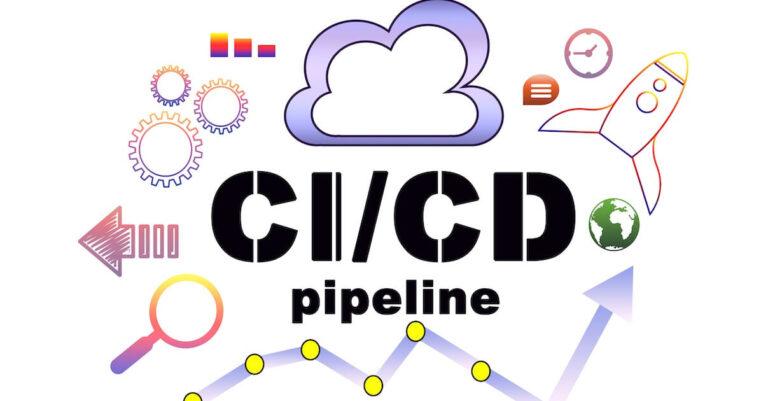Cloud infrastructure management is a challenging job. Complicated setups of cloud apps can topple over at scale in the absence of the right Infrastructure. However, cloud computing and virtualization tools offer several benefits, and one of the best among all may be improvements in managing Infrastructure in a consistent way that’s easy to replicate.
Infrastructure as Code is one among them that helps developers build an abstraction layer to develop cloud environments with the help of automated scripts. IaC is a simple yet efficient solution for developers working with cloud builds and needs an easy management solution in the long run.
What is Infrastructure as Code?
Infrastructure as Code is a method of managing IT infrastructures such as networks, load balancers, connection topology, and virtual machines through Code instead of manual processes. IaC promotes a descriptive model and uses the same versioning as the DevOps team uses for source code. IaC is used in conjunction with continuous delivery and generates a suitable environment every time it is applied.
Why is Infrastructure as Code essential?
Infrastructure as Code emerged as the best solution to environment drift occurring during the release pipeline. In every data center environment, environment drift is a natural condition since in DevOps, a sheer number of ongoing hardware and software changes continuously. If not done, developers have to maintain the setting of individual deployment environments. With time, each environment becomes a snowflake meaning the existing Infrastructure can not be reproduced automatically. This inconsistency in the infrastructure environment leads to issues during deployments.
IaC delivers real benefits
Whereas, IaC allows developers to test applications in production-like environments early in the development cycle. DevOps teams that expect to provision several test environments reliably and on-demand, Infrastructure when represented as Code, allow them to validate and test it and prevent common deployment issues. Based on a defined IaC, even the cloud dynamically provisions and tears down the environment at the same time.
Infrastructure as Code allows to deliver stable environments faster and at scale. It enables project development teams to escape manual configuration of environments and simultaneously apply consistency by illustrating the desired state of their environments via Code. IaC helps deploy Infrastructure with a defined path that prevents runtime issues mainly caused by configuration drift. This way, both development and operation teams can follow a unified set of practices and tools that help them deliver applications and support infrastructure reliably, rapidly, at scale.
Best Infrastructure as Code Tool: Terraform
There are several open-source IaC tools available and have been used by companies to automate IT Infrastructure. But Terraform is widely adopted among all. Terraform as an IaC tool promotes declarative provisioning and infrastructure orchestration practices. This advanced tool allows project engineers to automate the provisioning of all aspects of their enterprise cloud-based and on-premises Infrastructure.
One of the most significant advantages of using Terraform is that it works with all the prominent cloud providers. Having a skill over this tool allows you to work on any cloud platform and automate the build-out of resources across multiple providers in parallel, regardless of where physical servers, databases or DND servers reside. Additionally, terraform helps provision applications written in any language.
Unlike other declarative tools, Terraform does not offer configuration management capabilities. However, it works hand-in-hand with configuration management tools and support to automatically provision infrastructure in the state described by configuration files and to automatically change or update provisioning when necessary in response to configuration changes.
Top innovations of Terraform Tool
- Terraform is built to provide a GUI that helps to manage all the running services. Based on the company, teams and users, it also provides an access control model that helps them audit logging and emit logs whenever a change or update occurs in the Infrastructure.
- Terraform provides support for existing pipeline integration. It is easily triggered from CI/CD deployment DevOps pipelines such as Jenkins, Circle and Gitlab. This lets a plugin provision workflow and sentinel policies into the CI/CD pipeline.
- Irrespective of resource locations, the tool provides complete control to its users to manage their resources easily. Terraform also allows the use of cloud provider’s APIs and provision instances on cloud platforms seamlessly, whether its AWS, GCP, Azure or OpenStack.
- As mentioned earlier, Terraform follows a declarative style when the desired end state is written directly. That’s where the tool is responsible for figuring out and achieving that end state by itself.
Conclusion
Infrastructure as Code simplifies the cloud journey by bringing automation in IT operations. But the most important thing here is how you adapt to IaC as a declarative approach with Terraform helps you provision as well as receive the exact end results as you expect from the automation.




